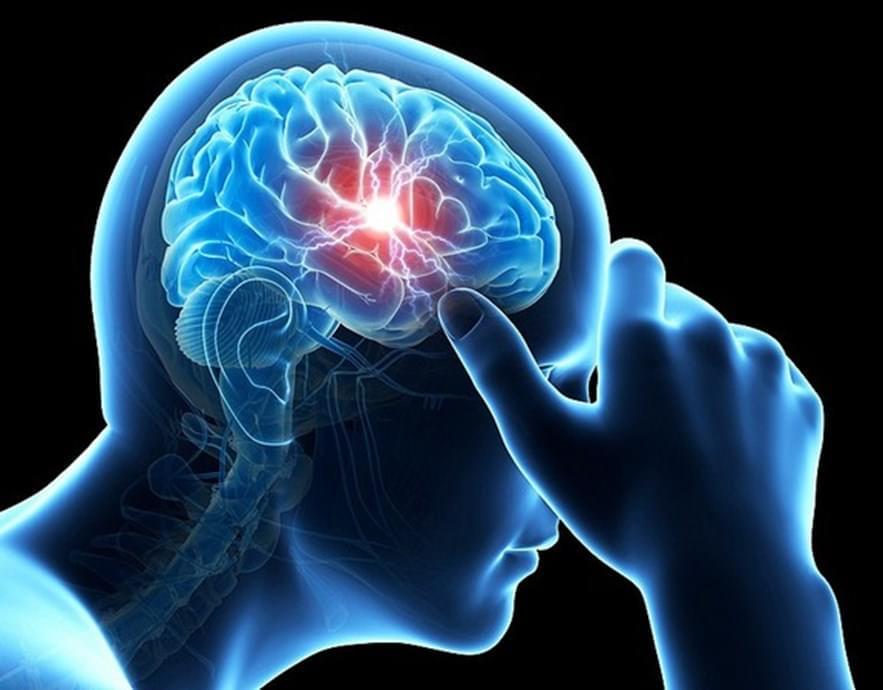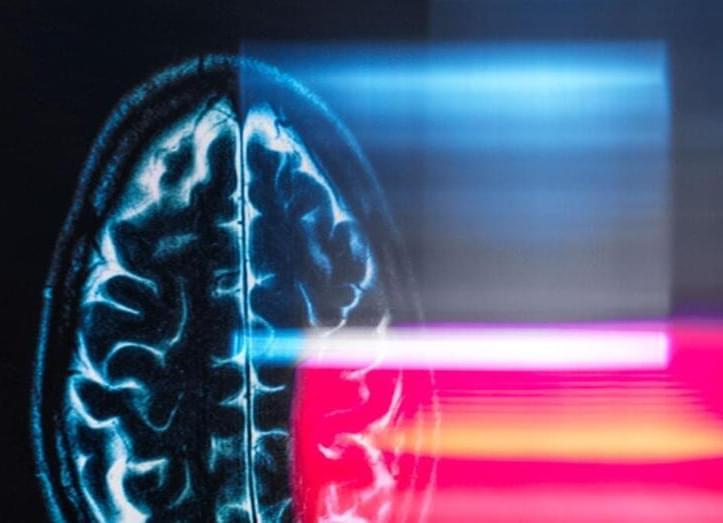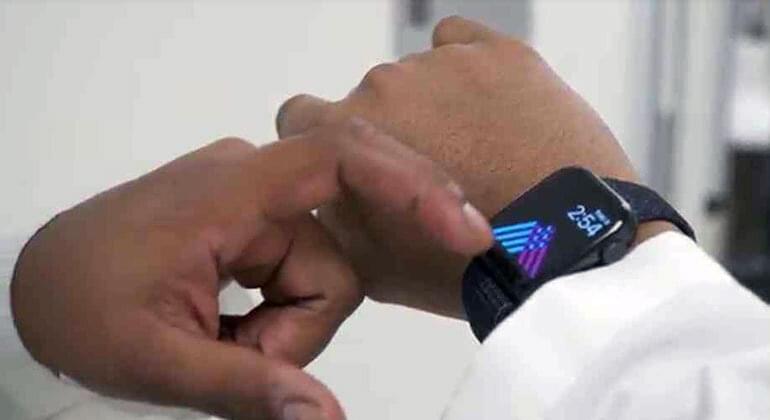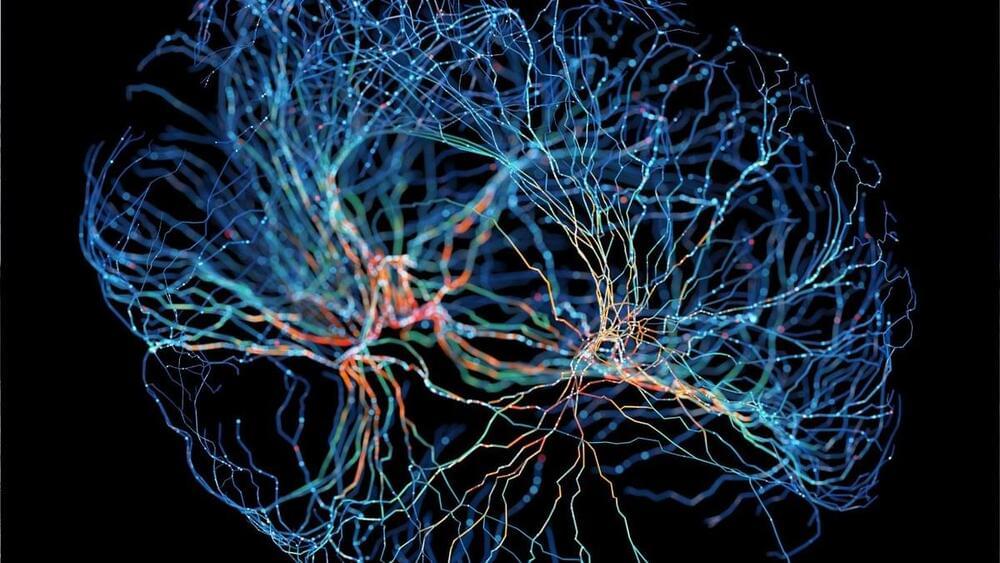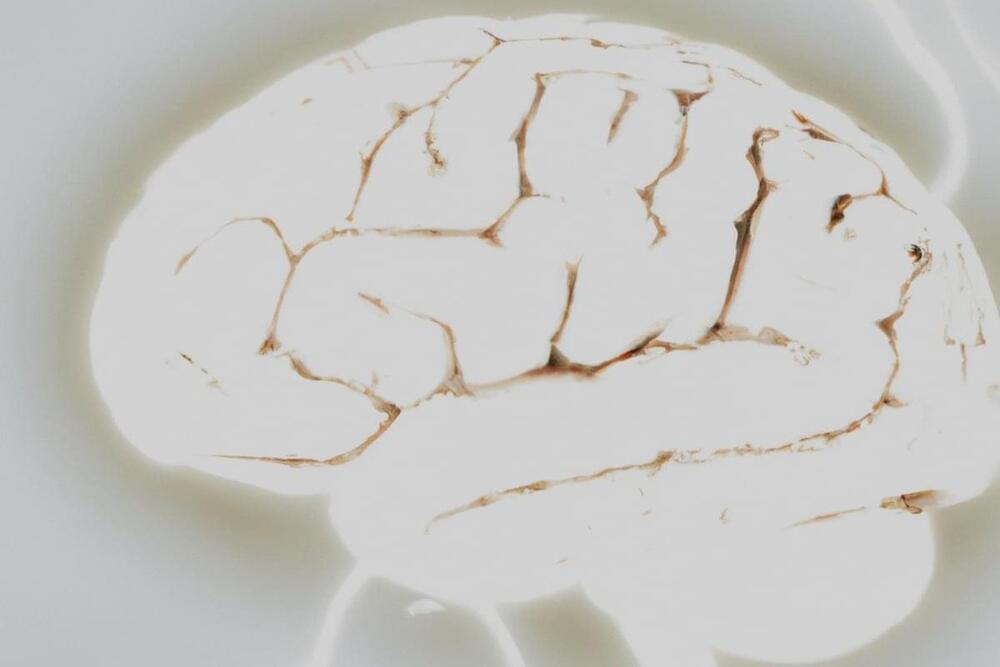Our research found that concussion was associated with increased functional connectivity between the thalamus and the rest of the brain very shortly after injury, when compared to 76 healthy control subjects.
In other words, the thalamus was trying to communicate more as a result of the injury. This was despite routine MRI and CT imaging showing no structural changes in the brain.
While many of us would assume that more connectivity in the brain is a good thing, research looking at more severe head injuries indicates that greater connectivity between brain regions might actually be a sign of the brain trying to compensate and offset damage across the brain.
